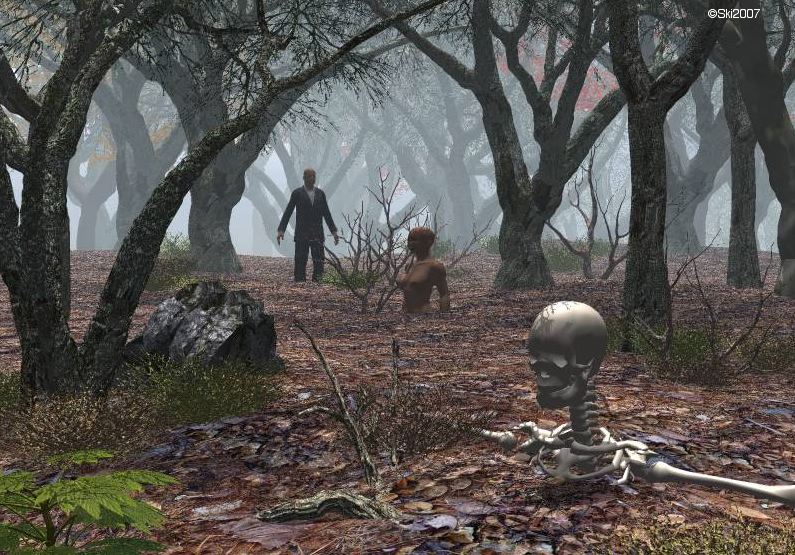

While the horse cannot understand why Frost might stop, we can imagine various reasons. There seems to be no ostensible reason for stopping. Trained as it is to carry people around in carriages and sleighs, the horse responds with confusion, captured in its giving “his harness bells a shake.” The presence of the horse itself creates an ambiguity and creative tension in the poem. Naturally, a horse doesn’t consider the same kinds of questions human beings do: horses don’t reflect on the meaning of their mortality, or choose to alter their fate based on such reflections. He then speaks to the silence and darkness permeating the scene, broken only by the shake of “harness bells,” “easy wind,” and “downy flake”: Frost opens the piece by describing his stop in front of a snowy wood, presumed to be the property of someone he knows:Īfter the first stanza, Frost addresses the seemingly ambiguous pause in his journey: With that said, let us consider the definite characteristics that make the poem’s higher poetic effect possible. “Stopping by Woods on a Snowy Evening” seems to speak to this higher spiritual quality, which is perhaps why Frost thought it might be his best bid for remembrance. The attainment of any kind of higher truth requires a qualitative “leap”-or transcendence-from all particulars to the universal, unspoken, and intangible. While individual thoughts may remain ambiguous, that, in and of itself, can serve as a crucial element in communicating a more definite state of mind and poetic effect-the “pure elevation of the soul” which lies at the heart of creative life. When, indeed, men speak of Beauty, they mean, precisely, not a quality, as is supposed, but an effect-they refer, in short, just to that intense and pure elevation of soul-not of intellect, or of heart-upon which I have commented, and which is experienced in consequence of contemplating the “beautiful.” Indeed, in his essay “The Philosophy of Composition,” Edgar Allan Poe specifically described poetry and its function in terms of poetic effect, and how various elements and images should work towards creating a single unity of effect-known as “Beauty”:
The specifics and particular meaning of individual images and thoughts found in Frost’s head as he composed the poem can be seen as secondary to the singular poetic effect generated-one that raises us above the dark woods, snowy trails, and silent houses to something qualitatively higher. On the other hand, universal knowledge of Being implies something beyond all parts-a single unity. In this respect, we can point out that knowledge of any particular is always limited, representing only one level of knowledge. The ostensible meaning and individual predicates may imply various possibilities, but the poem’s well-executed form, subtlety, and imagery, lead to a definite effect. In fact, that may very well be part of the poem’s charm. While it is perhaps naive to assume a reader can know exactly what Frost is referring to with each word and line, exact knowledge isn’t necessary to appreciate its deeper poetic meaning. Beyond the snowy path, single farmhouse, little horse, and dark woods-the poem’s “surface structure”-there lies a “deep structure.” This approach is echoed in Frost’s famous aphorism: “A poem begins in delight and ends in wisdom.” Below the pleasing surface lurks a deep and subtle lesson.Īt first glance, the poem does seem to present a simple scene, but upon further analysis, a very nuanced set of lines appears. Despite its subjective qualities, the poem’s “magic” has a definite structure-one well-worth investigating.įrost himself once commented on the poem, saying that it was his “best bid for remembrance.” Other accounts report that whenever he was asked if the poem was about death or suicide, he simply replied “no.” Taking these limited accounts into consideration, let us look at Frost’s poem and investigate the deeper structures of this timeless composition.Īs most Frost readers are well aware, he seldom presented a set of images or landscapes without at the same time weaving in some deeper metaphorical meaning. Undoubtedly, the poem has a magical quality: its images are simple, yet elusive the scene of dark woods, snow-blanketed trails, and a single farmhouse are painted with clarity, yet they remain open to a wide array of interpretations. A century after its composition, Robert Frost’s “Stopping by Woods on a Snowy Evening” continues to leave readers, academics, poetry lovers, and poets alike pondering its meaning.


 0 kommentar(er)
0 kommentar(er)
